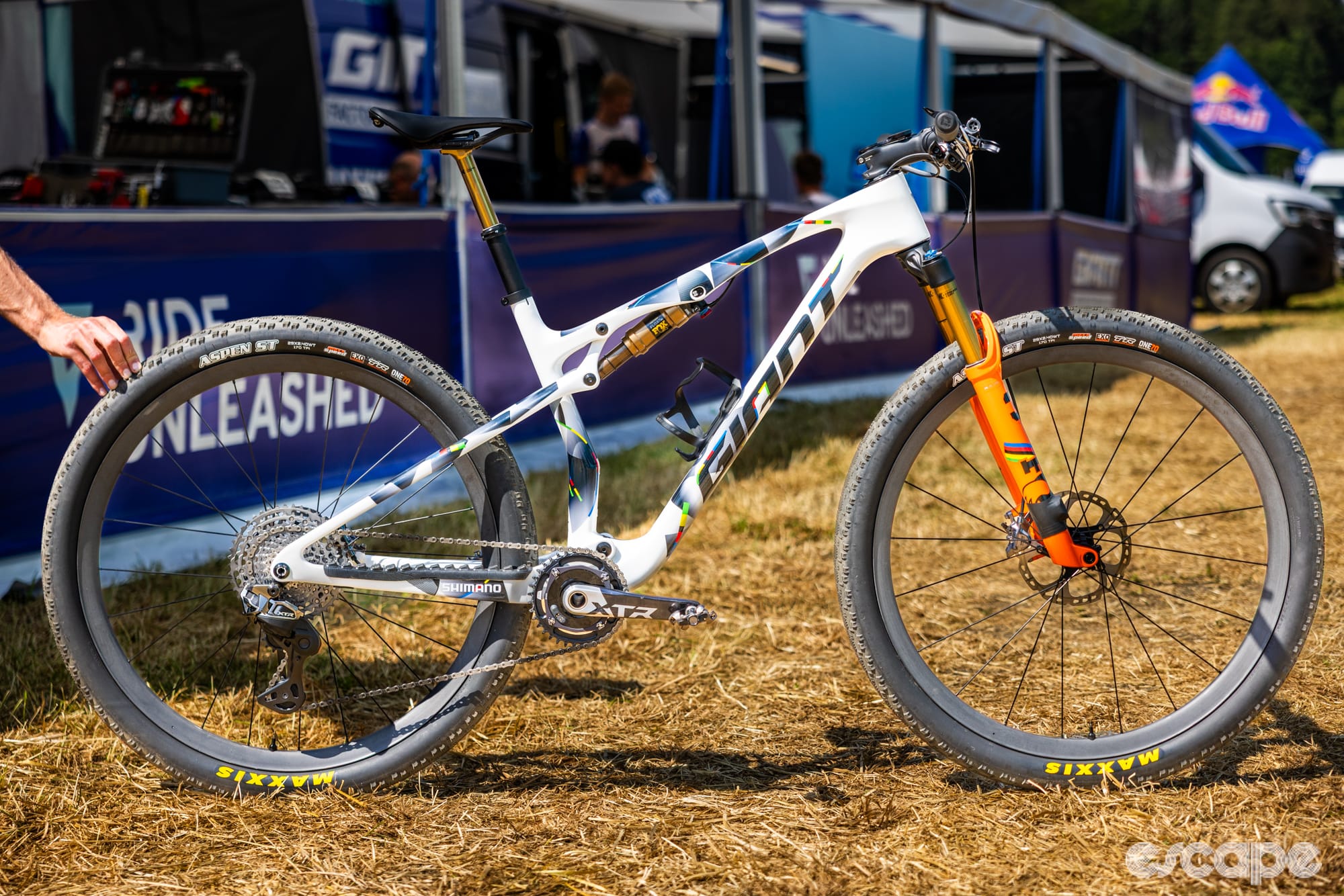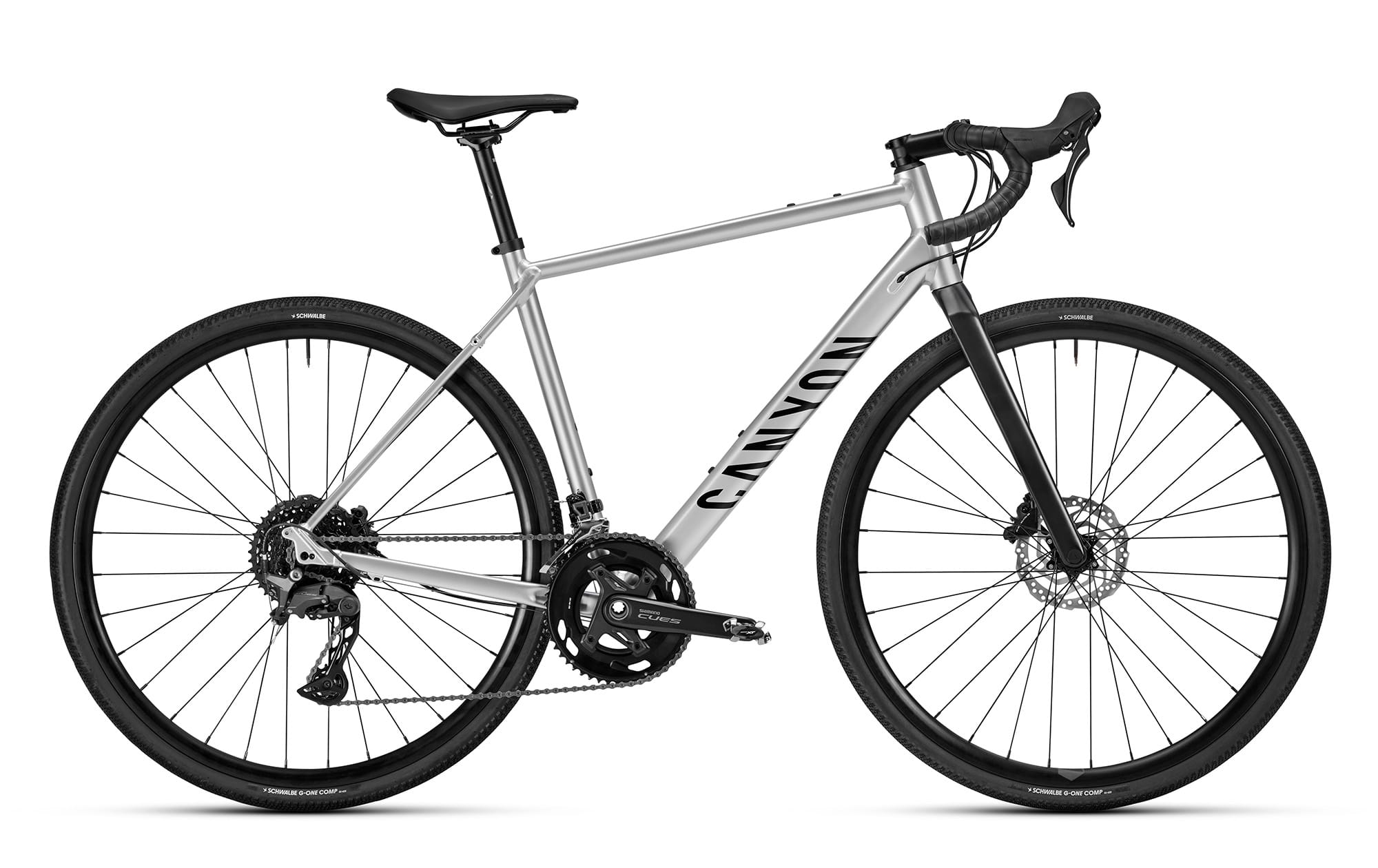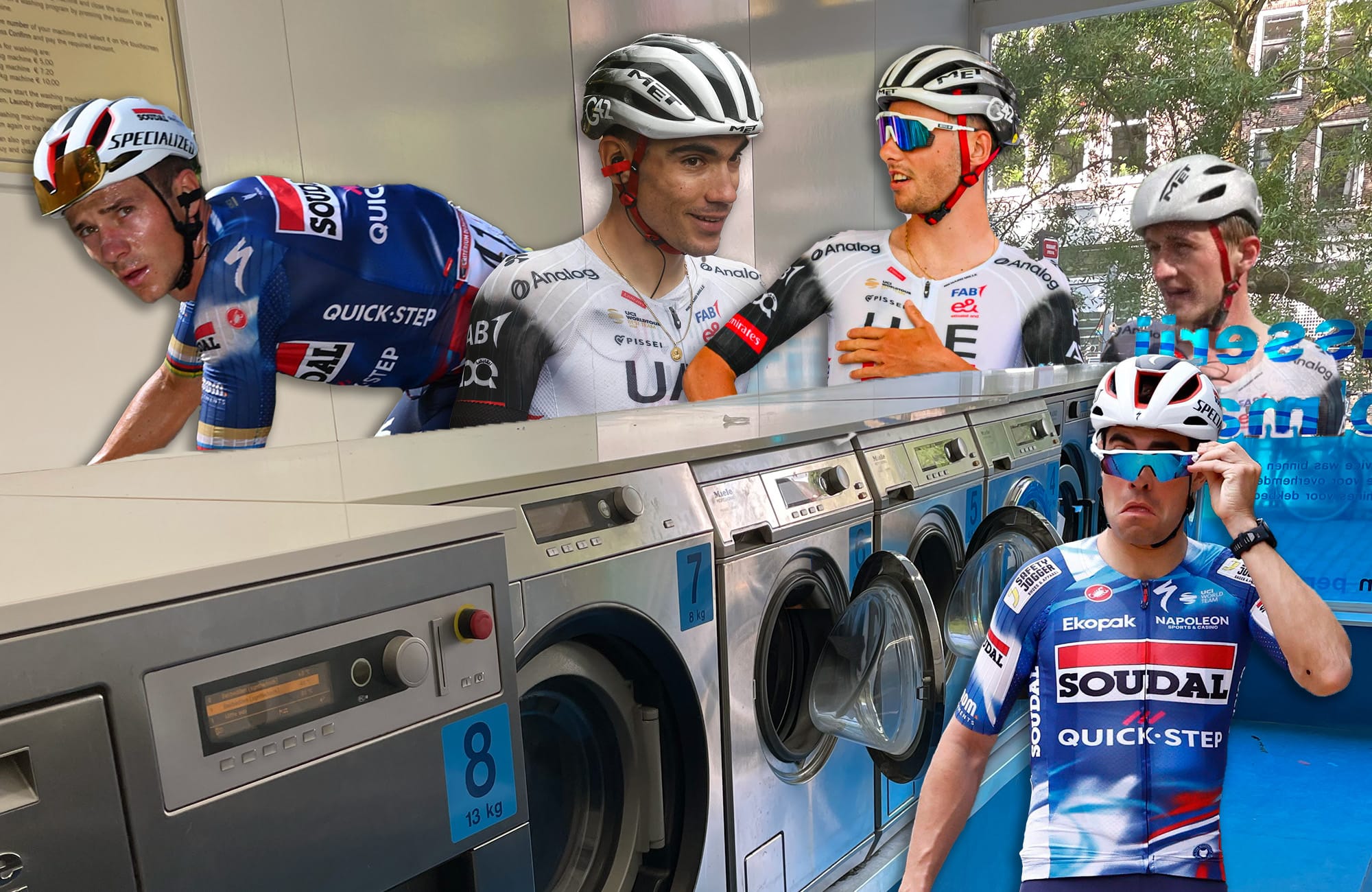Performance Process Newsletter is a fortnightly hub for everything new in the world of performance tech, gains and includes the latest episode of the podcast by the same name: Sign up here to get it directly to your inbox.
Hey!
First, this week's podcast
Ok folks, typically we save the podcast audio for last in the PP newsletter, but this week's discussion is so important – and this week's guest so inspiring – we just had to give it top billing.
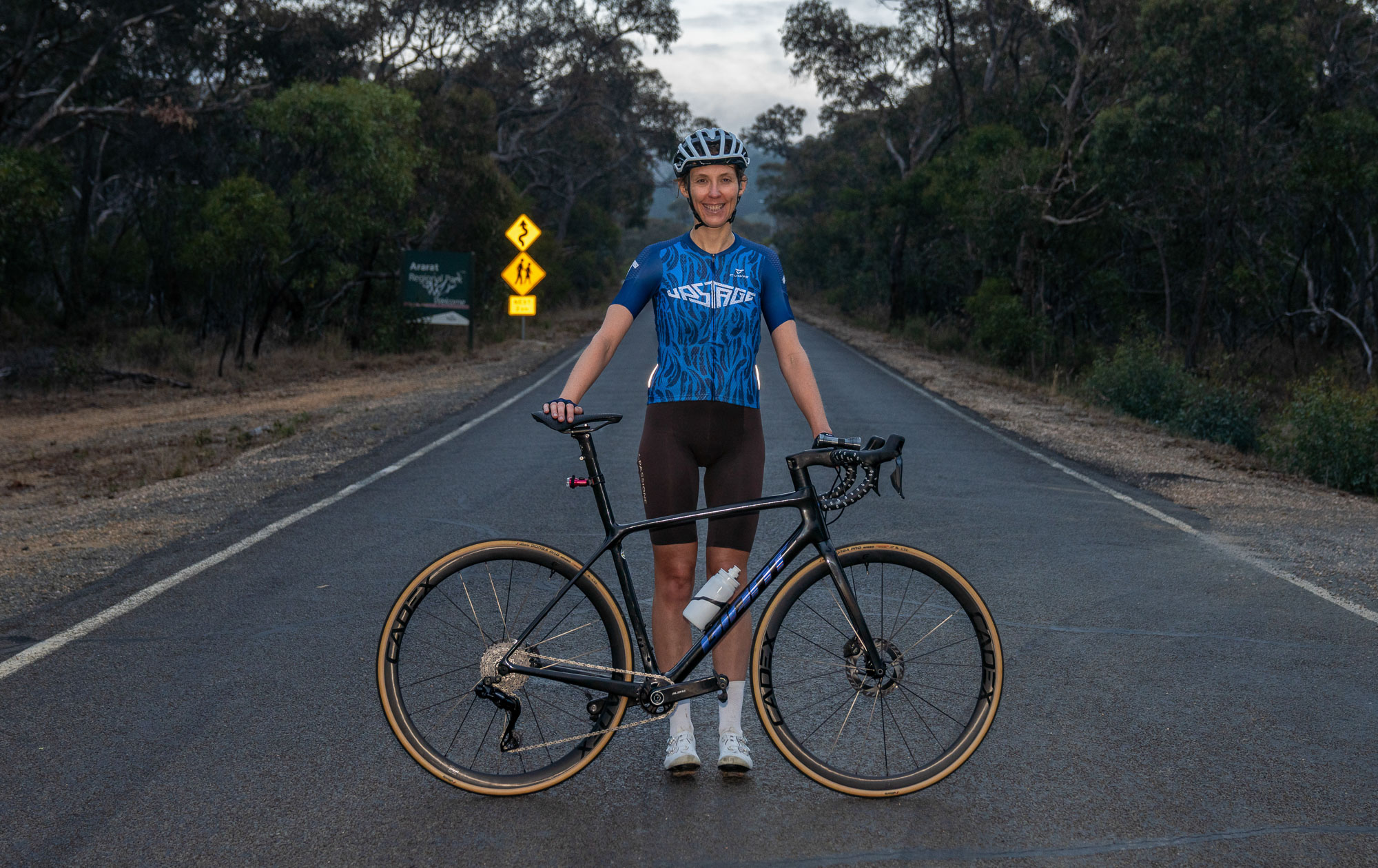
In the episode we talk to Sadie Fitton. Sadie has a Stage IV breast cancer diagnosis and recently attempted the 24-hour elevation gain world record.
Stage IV, also known as Metastatic Breast Cancer (MBC), is when the cancer has moved beyond the breast to other parts of the body. It is different from earlier-stage breast cancer in that is treatable but incurable. In the episode Sadie tells of her journey from a prior world record attempt to cancer patient in a foreign country in a matter of weeks, right the way up to a second attempt at the world record.
Cancer will touch all of our lives and so this podcast is a must listen for all. Sadie tells us what we need to know about that journey and all the fantastically nerdy optimisation work that went into a 24-hour elevation record attempt. You do not want to miss that!
You can follow Sadie's journey at UpstageMBC on Instagram and donate to her fundraiser for the Peter MacCallum Cancer Foundation at upstagembc.com
Reminder – Performance Process is an Escape Collective members podcast. That means if you are not yet a member you can enjoy this free sample of this week's episode. To get the full episode and access to all the other Escape content head here to join today.
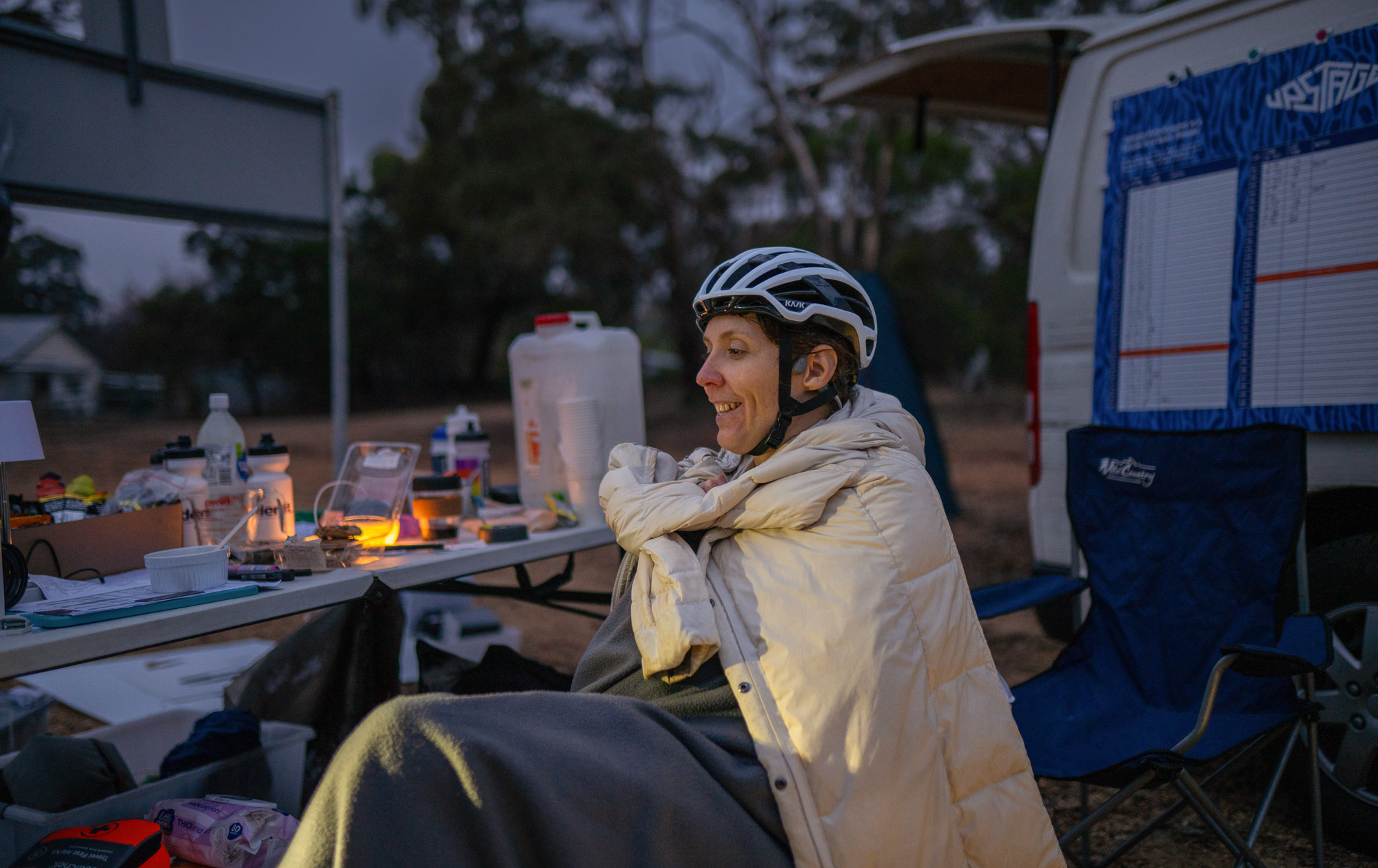
Weekly "gainz"
🥼 ICYMI we recently published my review of the Castelli Gabba R foul-weather top and the Kask Elemento helmet. Also, as we are talking processes, do not miss Matt de Neef's look at a new research paper detailing a top rider's preparation for the Giro d'Italia.

🤖 Hey AI, make me faster!
Aerodynamicist and coder Robby Ketchell, of Team Slipstream, Team Sky, and Ineos 1:59 Challenge fame has unveiled a new analysis tool leveraging AI to make aerodynamics accessible to all. Aero.chat uses your device camera and media processing algorithms to define shapes and predict CdA. The AI chat feature then analyses your existing setup and suggests changes that could yield better results. It also answers optimisation questions we might not yet even consider, e.g. "How do I reduce the additional drag of reaching for and drinking from a bidon at 50 km/h?" Aero.Chat is in beta at the moment, but we've got access and are ready to play.
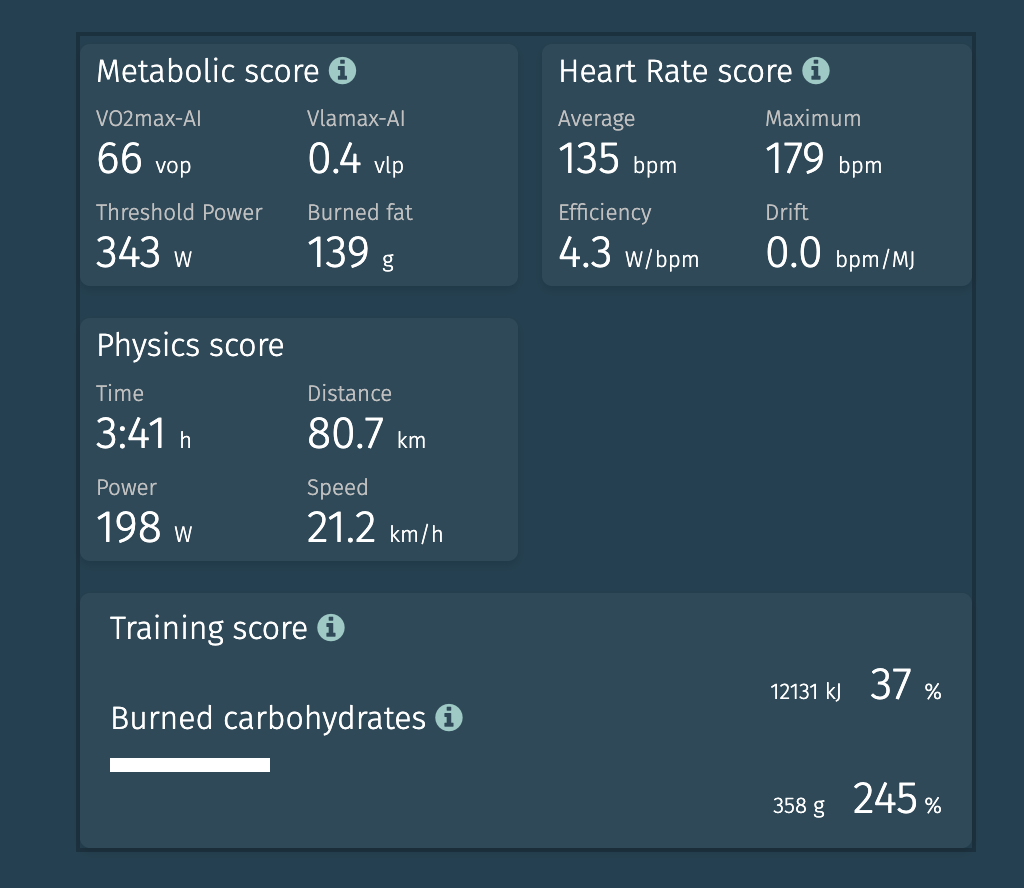
🚀 AeroTune.com, an aerodynamic and metabolic testing platform is also AI'ing the w#tts out of your performance having just announced Activity AI, its new performance, training, and recovery analysis optimisation feature. The tool analyses activities to determine your VO2max, VLamax, Critical Power, FTP, and Fatmax along with carbohydrate and fat utilisation for a given session and how that given session affected your VO2max and VLamax.

📱Xert were among the first to AI the beats right out of your heart with its Forecast AI adaptive training advisor feature, effectively a training planner tool that allows you to pick a target wattage and date by which to achieve it. Then the AI does the rest to work out 1) if you can get there and 2) if so, how to get there. Xert this week unveiled its new XSS Buckets Garmin data field. The XSS Buckets CiQ app automatically updates for each ride and is said to aid training compliance with "peak, high, and low" intensities targets for each training session.

🥵 CORE (the company behind those white core-body temperature sensors on practically every WT rider's heart rate strap for the past three years) now has Heat Zones. Much like heart rate or power training zones, the four Heat Zones (HZ) are ranges based on Core's heat strain index and designed to make core body and skin temperature readings easier to understand allowing a coach to assign workouts based on time in heat zones. Heat Zones are available through a free update to the CORE app.
🚲 Shimano's new Front Shift Next feature allows you to assign dual-direction Di2 front derailleur shifting to any 12-speed shifter button. Pushing that button will then shift the front derailleur in whichever direction is available. It's only on 12-speed Di2, it's available through a firmware update, but only if you hard-wire the shifters to complete the update, and probably most useful on TT setups. Friend of the Collective and Di2 expert extraordinaire, BetterShifting.com have all the details.
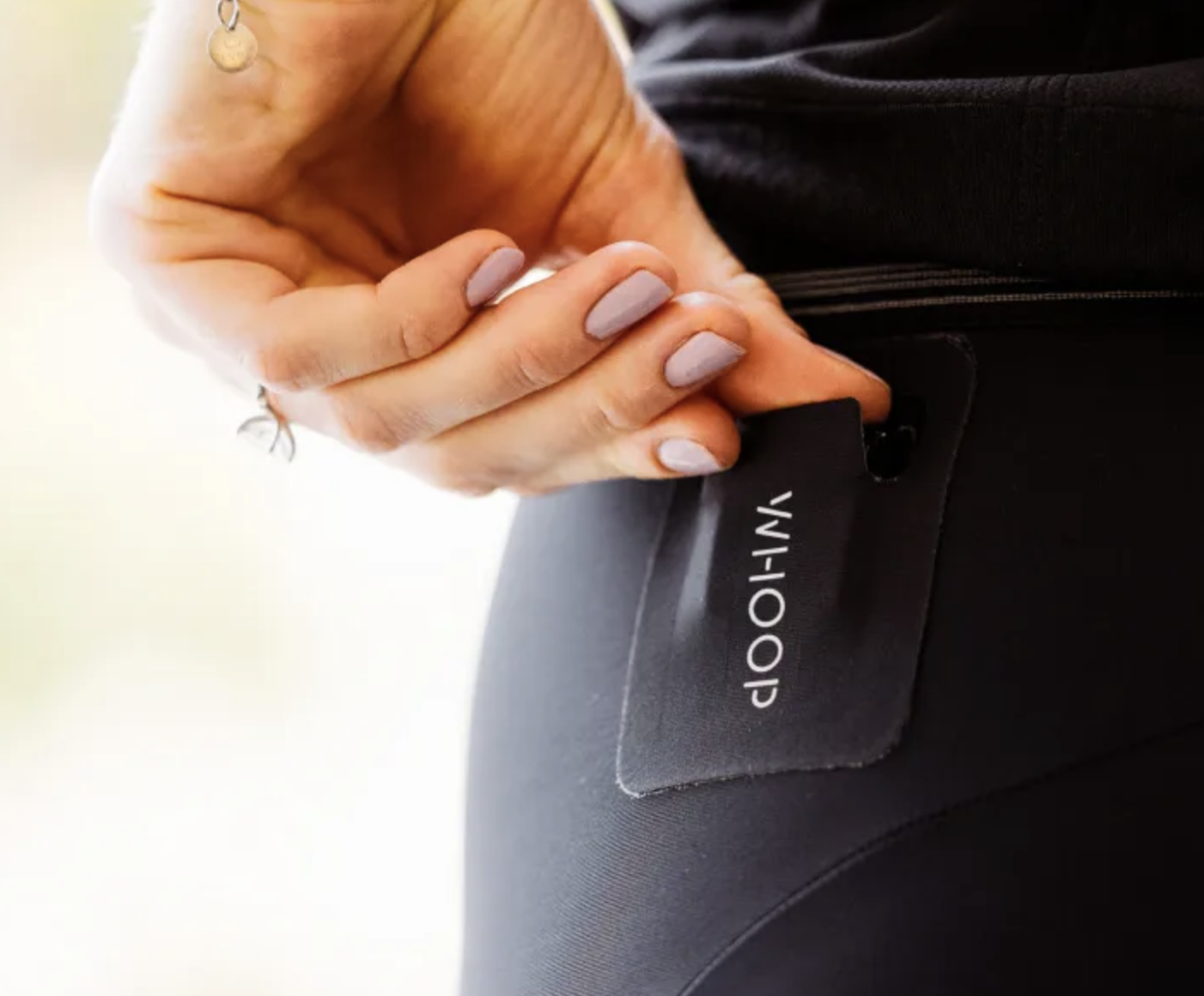
🍷 Assos and Whoop are doing the collab thing with the new Mille GT Whoop Bib Shorts C2 for men and UMA GT Whoop Bib Shorts C2 for women both featuring a pod on the rear to house a Whoop 4.0 sensor during rides.
⏩️⏪️⏫️⏬️ 🍺 Jan Willem Van Schip doesn't get rules ... he gets challenges. The UCI bans the Breakaway bar, Jan Willem comes back faster with Toot Engineering Ashaa RR aero bars.

😎 There's nothing new under the sun. Team Coloquick seemingly found inspiration from a bygone era, bringing back the chest pockets a la Coppi and Bartali. This is almost certainly not due to any appreciation of the classic style and almost certainly in an attempt to harness the makeshift fairing aero gains. The move presents a hilarious problem for the UCI who vehemently hate such hacks but also lean on tradition and classic beauty of yesteryear as rationale for outlawing such hacks. The chest pocket is arguably the most classic of jersey designs.
☠️ Training becoming a drag? Fancy some new training sessions to spice up your life? Reckon you can copy the pros. @pro_cyclists_workouts on the Instas details the training sessions the pros splice between long periods of inactivity on the sofa ... or in bed ... or getting a massage.
🔍 With the Criterium du Dauphiné starting Sunday it is officially new bike silly season, while we were expecting to see a new Trek all-rounder, a possibly new Pinarello Dogma is the first to break cover thanks to these photos snapped by Ajona Díaz Spínola and first covered by CyclingWeekly. Don't sweat it if you can't spot the differences, they are subtle with a deeper head tube and bottom bracket the only main visible updates. Heck, this could be just the result of Dan Bigham set loose on the existing bike with a tub of Polyfilla.

🥸 We covered that new Trek way back during December training camps, but new photos doing the rounds on WeightWeenies now give us a much better look. Not much to add right now other than what appears to be the addition of new aero bottles and cages.
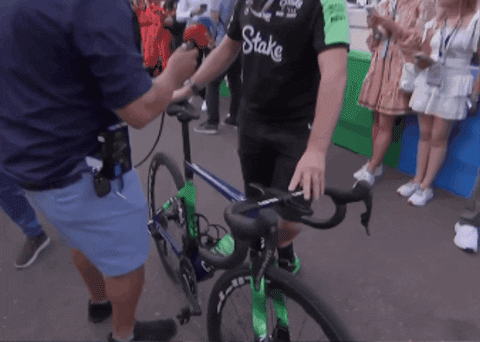
👽 Imagine my surprise getting a glimpse of a new Canyon when watching Sky Sports F1's Ted's Quali Notebook last Saturday of all places. Ted and a member of the second-worst named team in F1 focused on the Northern Lights paint job, but it was the deeper forks, more aero-profiled bar tops, re-profiled integrated stem, and new seat stay to seat tube interface that caught my eye. It's hard to tell, but those could be new Zipp rims also, the decal certainly looks different.
PS Valtteri ... my Northern Lights-inspired bike paint job is better than yours 😜
🤐 Speaking of new bikes ... is it breaking an embargo if a bike in my garage has already won a pro race and the manufacturer has already shared it on the 'grams? I believe I am safe in saying... it is a Wilier and a climber won a race on it.

🐎 Prologo now has a 3D-printed saddle. The Prologo Nago R4 PAS 3DMSS is lightish on the scales at 149 grams, but goes heavy on the letters. The saddle is said to adapt to the rider's individual areas of pressure and accommodate the individual's morphology thanks to five variable-density, 3D-printed sectors.
Performance modelling aka a review – Squeeasy Duel Fuel bottle
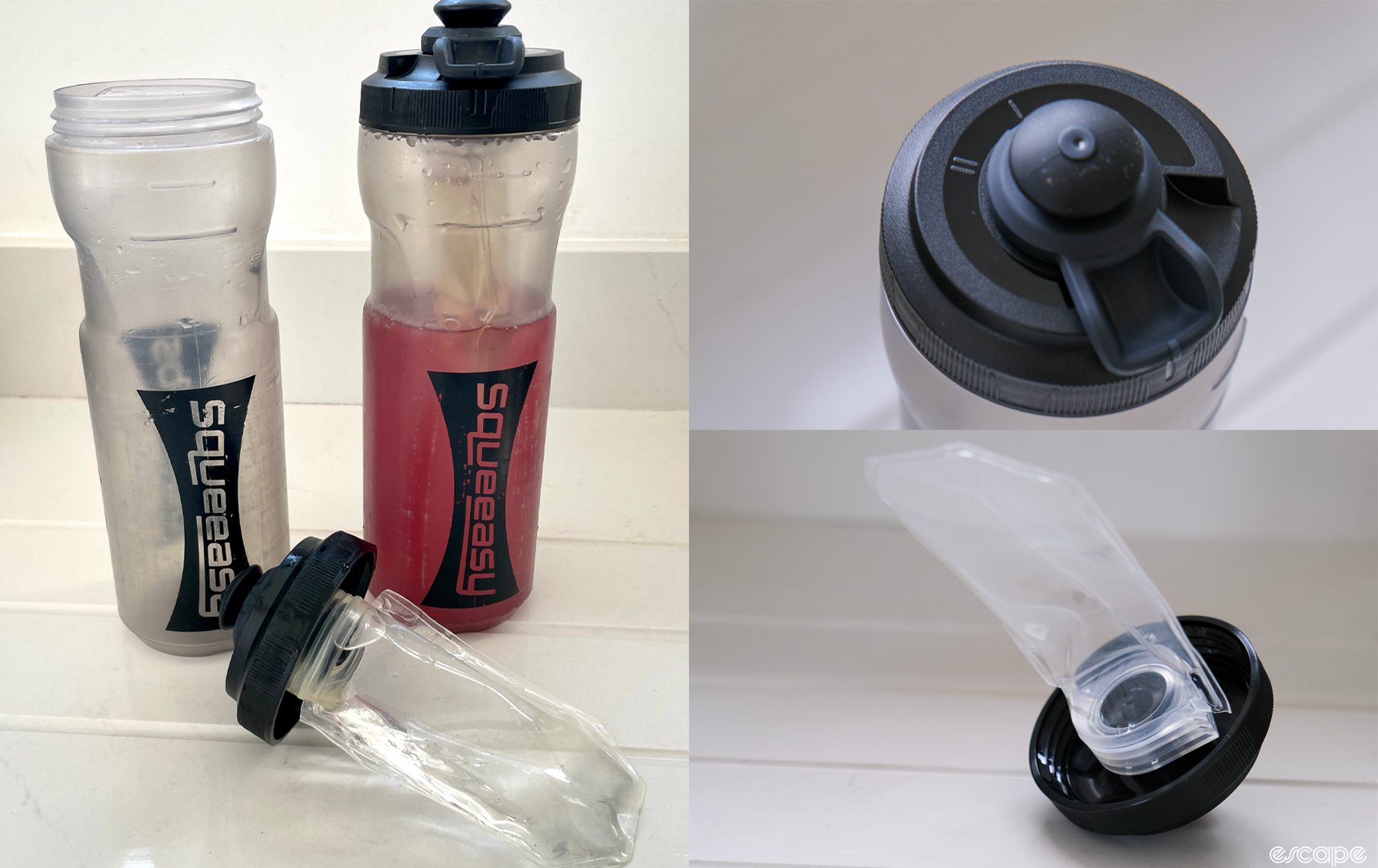
This is UK company Squeeasy's Dual Fuel Endurance Bottle. It's dual fuel because it offers liquid (e.g. water or dirnk mix) carrying capacity just like any bidon, but a clever slider on the nozzle and pouch that threads onto the inner side of the cap combine to offer energy gel storage inside the bottle.
I've been using the Dual Fuel bottle for a year and although I've mixed feelings about this initial version, I really like the concept. Typically, I squeeze two gels into a single pouch and this leaves room for 650 ml of drink in the main section of the bottle.
Why? The answer is twofold: Most days I just prefer the larger-capacity bottle for the option to carry more hydration. But for longer and intense rides e.g. a 200 km audax I did recently, my pockets are usually fully laden with bars, gels, phone, etc. Off-loading four of the gels I'll need into Squeeasy bottles reduces the load on those pockets considerably.
It's for this reason I keep reaching for the Squeeasy bottles even if, as I came to realise, with the gel inside a pouch inside the bottle it is impossible to squeeze out the thick, sticky liquid like we would with a normal gel wrapper. As such, it can be slow going to wait for the gel to trickle out of the Squeeasy nozzle, although watering down the gel just a little does help. Furthermore, the nozzles are a little leaky thanks to that slider mechanism. All told, though, the only real concern I have is the removable nozzle feature, which makes for easier cleaning but also has come off in my teeth once or twice. I've been nervous it might come off and down my throat some day and so approach with caution ever since.
To its credit, Squeeasy was aware of these issues and had already developed new lids with better flow, less leakage, and a nozzle that is less likely to pop off by the time I reported them back. New bottles are now supplied with these second-generation lids.
Squeeasy points to other performance advantages in the option to consume as much or as little gel as you wish rather than set quantities from typical gel wrappers, although in reality it is difficult to get an idea for how much or how little I was consuming compared to a standard serving.
The brand also points to the possibility of reducing littering from empty gel wrappers either getting discarded (please don't do this 😩) or falling out mid-ride and is in ongoing talks with gel manufacturers to offer bulk-buy jugs of gels rather than individual servings (hey gel manufacturers, please do this 👍).
The Dual Fuel bottles are available in 750 ml and 550 ml sizes and are a little on the pricey side at £21.99. Oh, and FYI - the pouch is not dishwasher safe, but both the bottle and lid are.
Until next time …
That’s all folks! All that's left to say is thank you for getting this far into my first newsletter, listening to Performance Process and an extra thanks to all of you who have signed up already as Escape Collective members.
Sign up here to get future editions of this newsletter and others from the Escape Collective network straight into your email inbox.
Until next time ... Trust the process.
Did we do a good job with this story?



